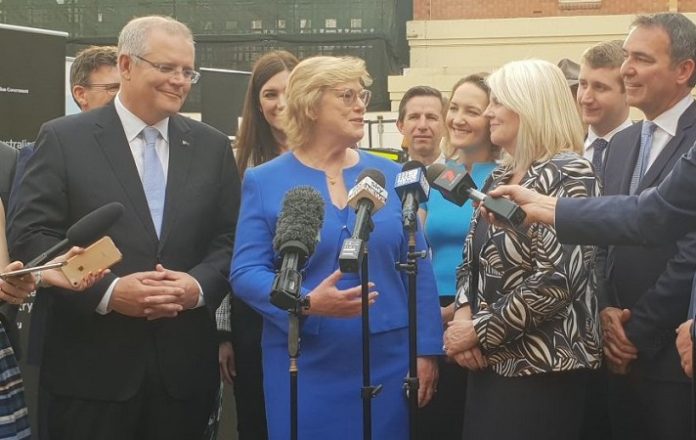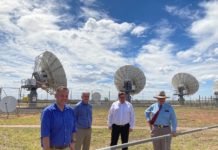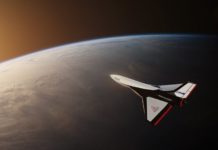Today, the Australian government announced that the newly-established Australian Space Agency will be based in Adelaide, South Australia, where the International Astronautical Congress 2017 (IAC 2017) was held.
At present, the Australian Space Agency, which was established on 1 July this year following an official announcement made at IAC 2017, is located at the Australian capital Canberra. The move to Adelaide will be made by mid-2019, to Lot Fourteen at the old Royal Adelaide Hospital site. Once there, the agency will employ 20 full-time staff.
South Australia currently hosts about 70 space-related companies, as well as a new South Australian Space Industry Centre (SASIC) set up in September 2017. SASIC – the first such centre in Australia – has initiated several projects, including a Space Innovation Fund that offers up to AU$1 million each year to provide incubation and acceleration for startups. This $1m is separate from the Federal Government’s AU$41m investment into the Australian Space Agency.
Said Dr Megan Clark, Head of the agency, “We’re engaging with companies nationwide, and have already signed Strategic Statements of Intent and Cooperation with three industry partners, all with investments in South Australia, including Airbus, Sitael and Nova Systems. Fleet Space Technologies and Myriota, both South-Australian start-ups have launched satellites and a payload that can help our farmers and other industries use space to monitor sensor networks to improve the productivity of their businesses”.
Said Minister for Industry, Science and Technology Karen Andrews, “South Australia is already home to more than 60 organisations and 800 employees in the space sector and this decision builds on the very strong technology and defence presence in the state. We are committed to growing Australia’s space sector, and our Government is also investing $260 million to develop world leading satellite capabilities, and to significantly increase GPS accuracy in our cities and regional areas”.







